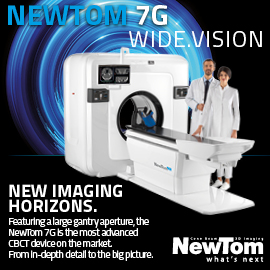
AI will undoubtedly shape the future of radiology: automated segmentation and quantification, risk assessment, patient-specific dose optimisation, and many more applications entering clinical routine are a major topic at this year's RSNA meeting in Chicago. However, AI implementation requires both vigilance and care, experts caution. Developers should always include the radiologists' perspective, and also keep in mind the limitations of the technology to avoid mistakes that might compromise the health of patients. Enjoy reading our special issue!
Advertisement |
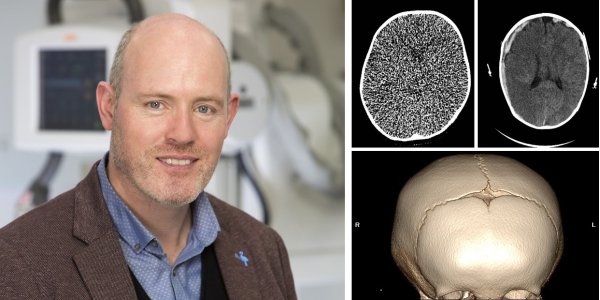
Article • The role of the radiographer
AI in radiation protection: a potential game changer
Radiographers could help design new artificial intelligence (AI) tools for radiation protection, Mark McEntee, professor of diagnostic radiography at University College Cork, Ireland, argued during the annual EuSoMII meeting in October.
 |
News • Appeal for imaging improvementsStudy reveals alarming failures in pancreatic cancer detectionPancreatic cancer tumours are being missed on CT and MRI scans, narrowing the window for life-saving curative surgery, research presented at UEG Week 2022 has revealed. |
 |
Article • Radiology & artificial intelligenceHow to integrate AI in the clinical workflow: 7 lessonsIn radiology, it is not about if but about when artificial intelligence (AI) will be used, said Professor Dr Tim Leiner of Utrecht University Medical Center at this year’s European Congress of Radiology in Vienna. For all those who are new to AI, ... |
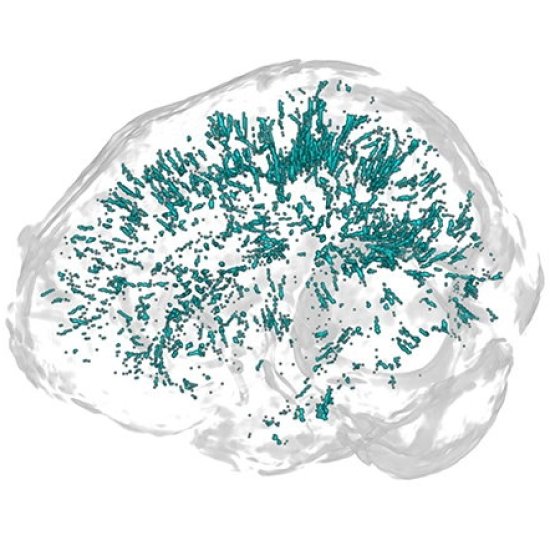 |
News • Key findings in perivascular spacesUltra-high-res MRI reveals how migraine changes the brainFor the first time, a new study has identified enlarged perivascular spaces in the brains of migraine sufferers. Results of the study will be presented at the annual RSNA meeting. |
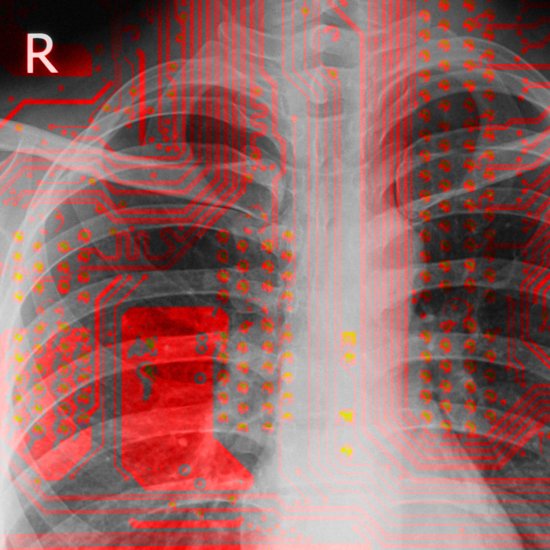 |
News • Devil in the detailsWhy healthcare researchers must be wary of misusing AIAn international team of researchers advises that strong care needs to be taken not to misuse or overuse machine learning (ML) in healthcare research, despite all of its benefits. |
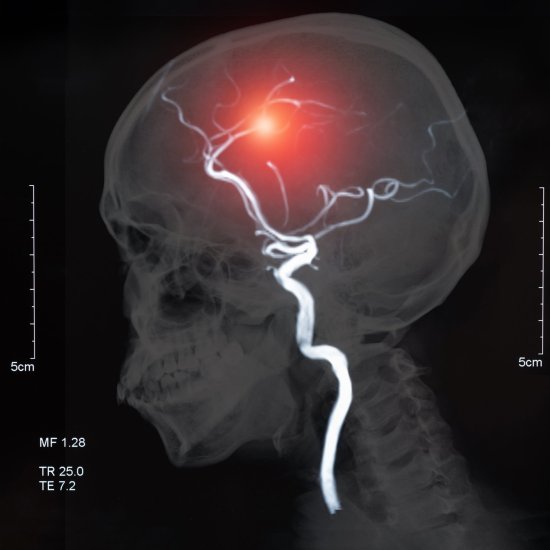 |
Article • Brain imagingWhite matter hyperintensities: a valuable biomarker to assess mortality riskWhite matter hyperintensities (WMH) on the brain seen on MRI represent a biomarker associated with a 50/50 risk of death within five years after a first incident acute ischemic stroke (AIS) or transient ischemic attack (TIA). |
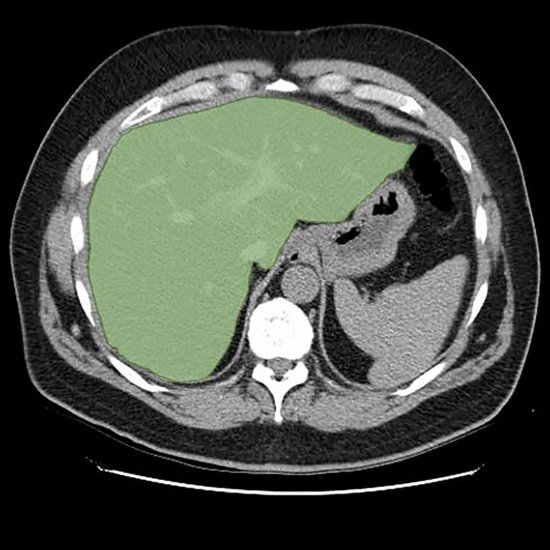 |
Article • Imaging advancesLiver disease assessment: AI may give CT the edge over MRITo assess diffuse liver disease, MRI is currently the modality of choice. New developments in artificial intelligence (AI) could tip the scales in favour of CT imaging. At ECR 2022 in July, experts showed how AI technology enables CT to quantify ... |
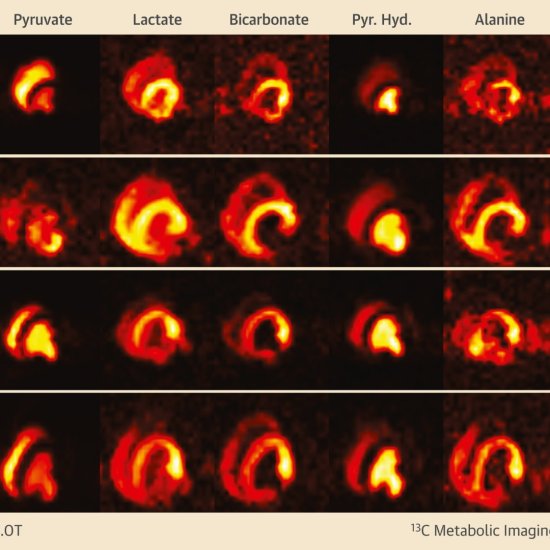 |
News • Heart disease diagnosisNew MRI technique to enhance metabolic imagingSwiss researchers developed a new MRI method to visualise metabolic processes in the body. Their objective is to improve the future diagnosis and treatment of heart disease. |
ePaper
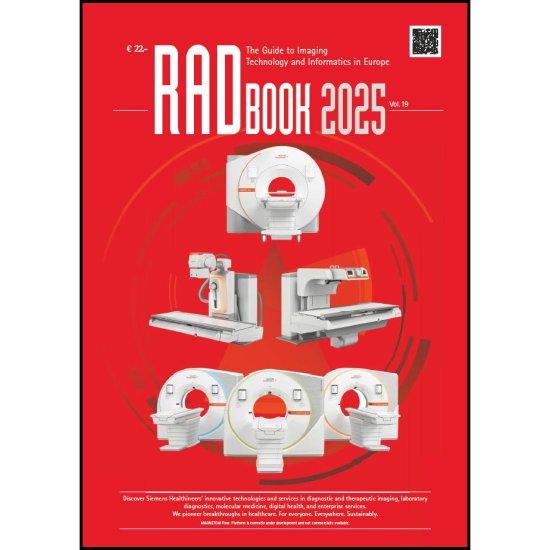 |
Article • Radiology equipmentRADBook 2025 – Your Guide to Imaging Technology and Informatics in EuropeOur RADBook gives an overview about the most innovative diagnostic imaging systems for radiologists, cardiologists and managing directors of hospitals in Europe. The print guide is also available as an epaper. Click here to find out more. |
You are receiving this email because you subscribed to our newsletter on healthcare-in-europe If you don’t want to receive this newsletter anymore, click here to unsubscribe. Keep up-to-date on the latest news from all hospital-related fields! Copyright © 2025 mgo fachverlage GmbH & Co. KG. E.-C.-Baumann-Straße 5, 95326 Kulmbach, Germany |

